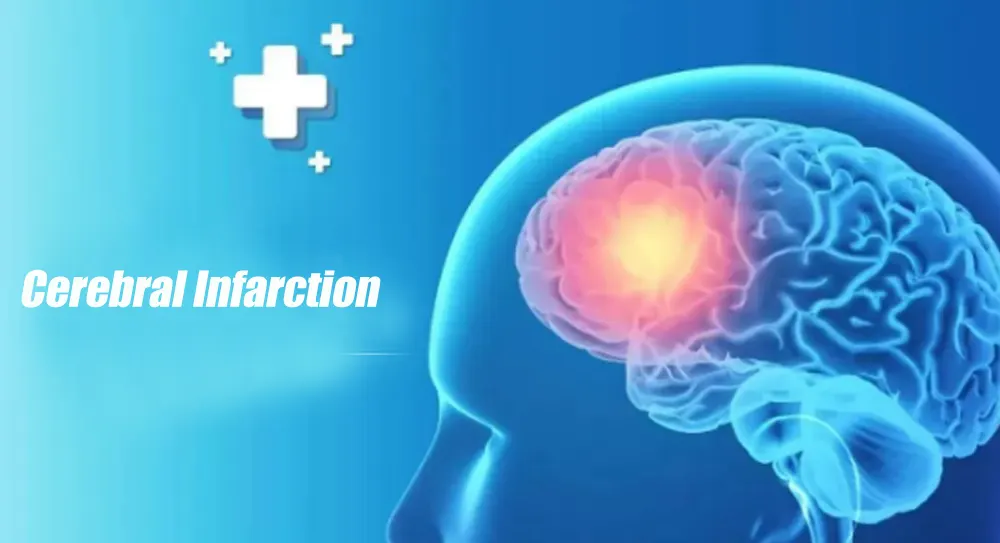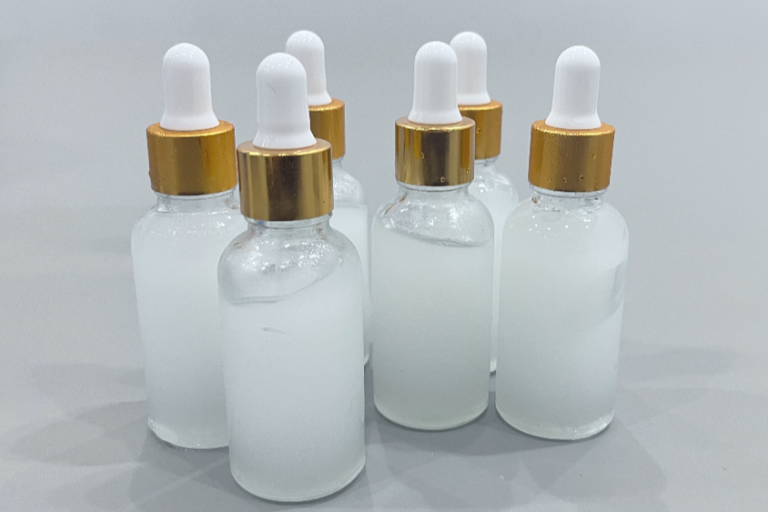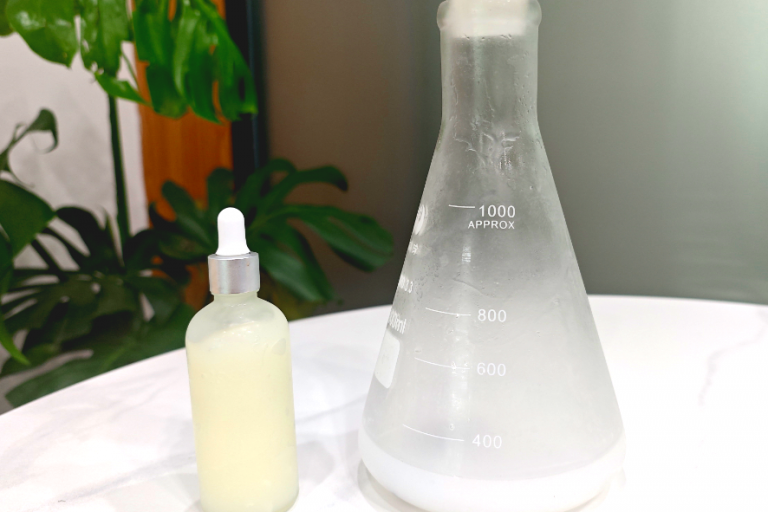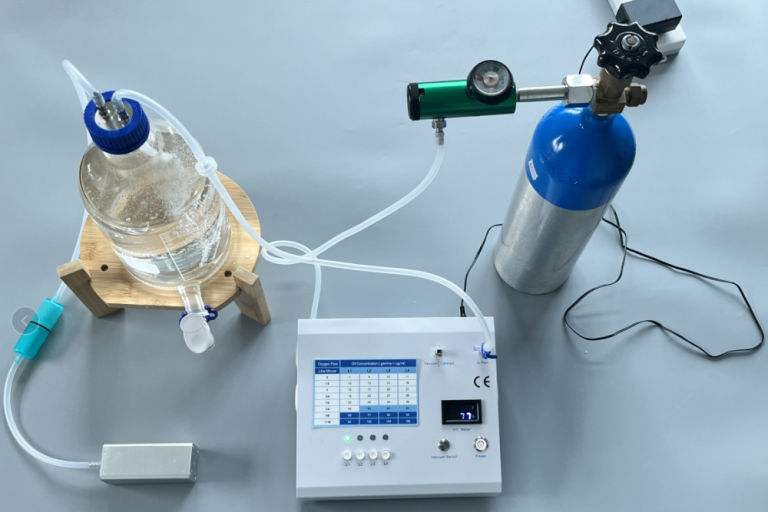Triple Oxygen Autoblood Therapy - Cerebral Infarction

Cerebral infarction is a common vascular disease among the middle-aged and elderly, with a very high mortality and disability rate, posing a serious threat to the health of the elderly. The cold weather in autumn and winter is a time of high incidence of cerebral infarction, and more than half of the patients, have their attacks in autumn and winter, so why is there a high incidence of cerebral infarction in autumn and winter? The drop in temperature causes the blood vessels in the brain to constrict, blood pressure becomes less stable and blood circulation slows down, leading to an increase in blood viscosity, which leads to the formation of cerebral thrombosis and causes a brain attack. For people who have a history of cerebral infarction and have underlying diseases such as trigeminal, it is important to take precautions to avoid the occurrence of cerebral infarction.
Multiple signs in the body that indicate a brain attack is coming
In reality, many patients with cerebral infarction are either dead or disabled, which seriously affects the harmony of the family, so it is very important to prevent cerebral infarction.
- These are the symptoms of “hemiplegia”, where the hands and feet do not listen to each other, shiver, stumble, stand unsteadily, lose energy, and have facial twitches. These are symptoms of hemiplegia, such as weakness in the arms and legs, shivering, stumbling, unsteady walking, loss of energy, facial twitching.
- If you yawn all day long, you should also pay extra attention to this. It has been clinically found that 80% of cerebral infarction patients yawn constantly 5-10 days before the onset of the disease, which is caused by a blockage in the cerebral blood vessels and insufficient blood supply.
- The sudden onset of inability to speak clearly, frequent biting of the tongue, a hard tongue, or a sudden inability to speak is a reaction to a lack of blood supply to the brain, a blockage of blood vessels in the brain that affects the speech centres in the cerebral cortex, so that speech becomes impaired.
- Headache, sudden change in nature of headache from paroxysmal attacks followed by remission to persistent unremitting headache, severe headache, or sudden onset of vertigo, tinnitus, accompanied by nausea and vomiting, unsteadiness in walking.
Clinical symptoms of cerebral infarction
- Subjective symptoms
Headache, dizziness, lightheadedness, vertigo, nausea, vomiting, motor and/or sensory aphasia and even coma.
- Cerebral neurological symptoms
Gaze of both eyes to the side of the lesion, central facial and tongue palsy, pseudo-medullary paralysis, such as choking on water and difficulty swallowing.
- Somatic symptoms
Hemiparesis or mild hemiparesis of the limbs, loss of sensation in the lateral body, unsteady gait, weakness of the limbs, incontinence, etc.
The therapeutic effect of triple oxygen therapy on cerebral infarction
- Oxidation and saturation effects According to research, triple oxygen autologous blood therapy can greatly improve blood oxygen saturation, activate red blood cell metabolism, increase cell activity, improve the blood oxygen status of the ischemic semidark zone, restore effective oxygen metabolism, and promote the recovery of nerve cell function.
- Direct protective effect on local brain tissue and cells
According to research, trioxane autotransfusion therapy can reduce the viscosity of peripheral anticoagulated blood, promote blood oxygen saturation, increase red blood cell metabolism, improve blood circulation and correct local ischaemia in brain tissue.
- Free radical scavenging activities of trioxane
As triple oxygen has strong oxidative properties, it enhances the free radical scavenging effect of superoxide dismutase (SOD) by stimulating the body’s antioxidant system. At the same time, SOD can activate a variety of antioxidant enzymes, which scavenge endogenous free radicals, oxidative damage factors and a large number of apoptotic cells produced by brain tissue during ischemia and hypoxia through a series of complex reactions, reducing cellular oxidative damage.
4、Trioxane inhibits platelet aggregation
Trioxane inhibits platelet aggregation, thereby inhibiting the progression of thrombosis, facilitating the establishment of collateral circulation, improving hypoxia in the ischemic semidark zone and promoting the recovery of nerve cell function.
5、Trioxane promotes the process of cholesterol oxidation
During the process of triple oxygen therapy, triple oxygen reacts with polyunsaturated fatty acids in the blood to produce small amounts of organic free radicals and hydrogen peroxide. These products oxidise cholesterol when the autologous blood is treated with trioxane and transfused back into the body. The oxidised cholesterol is then metabolised and broken down by promoting the secretion of bile or oxidising water-soluble bile acids. This reduces cholesterol and blood viscosity, reduces lipid plaque adhering to the blood vessel wall and improves atherosclerosis.
6、Trioxane inhibits high concentration of NO expression
It was found that the process of atherosclerosis was significantly delayed and the recurrence rate of cerebral infarction was significantly reduced after treatment with trioxane, probably because trioxane inhibited the expression of high concentrations of NO, stimulated the production of low concentrations of NO in atherosclerotic blood vessels, produced the effect of microvascular dilation, improved the permeability of micro-arterial blood vessels and protected the endothelial function of blood vessels, thus playing a role in improving circulation and stopping the development of atherosclerosis.
7、Trioxane improves the ability of red blood cells to carry oxygen and release it
After entering the bloodstream, triple oxygen can directly improve the ionic sorting on the surface of red blood cells, which improves the flexibility and stretching of red blood cells and increases the deformation force, making it easy to pass through capillaries and enhancing the oxygen-carrying capacity; it also shifts the dissociation curve of oxygenated haemoglobin to the right, releasing oxygen molecules and strengthening the oxygen supply effect of hypoxic brain tissues and saving damaged brain cells.
In winter, it is the season to turn cool, in this transitional season, blood vessels suddenly contract from diastole, causing an increase in blood pressure, at the same time, the weather turns cool, human activity decreases, drinking less water, blood vessels are stimulated by cold, blood flow is slow, this time is particularly prone to blood pressure, blood lipids, blood sugar rise, for elderly patients, is very easy to induce hypertension, coronary heart disease, stroke and other cardiovascular and cerebrovascular diseases, already Patients with these diseases are also relatively prone to relapse.
Ozone therapy is a new technology that has emerged in China in the last decade. Its main functions are: to treat various ischaemic and hypoxic diseases, such as cardiovascular diseases, cerebrovascular diseases, diabetic foot, carbon monoxide poisoning, chronic obstructive pulmonary disease, etc.; to improve immunity and treat immune diseases; to treat pain, especially degenerative knee joint, neck, shoulder, waist and leg pain; herpes zoster and its sequelae; and subhealth states, such as insomnia, anxiety, etc. .





